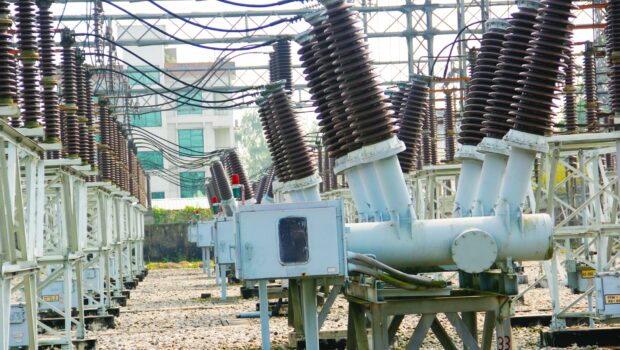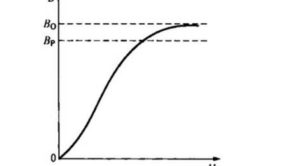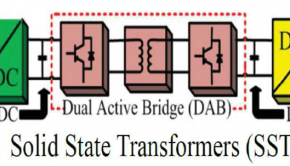Explained: How does a transformer work and how is it constructed
Whenever we talk about electricity and modes of electricity generation, we cannot miss out on the discussion about Transformers. You would find transformers along the road installed across distances responsible for providing electricity to the sector where it finds a place.
Here we’ll discuss what a transformer is, its functions and its general anatomy. Sow without further ado, let’s begin.
What Is A Transformer?
A transformer is an electrical device that works towards the passive transfer of electrical energy from one circuit to another by indulging in a procedure known as electromagnetic induction. Transformer helps in the conversion of an alternating current between different voltages, be it both “step up” or “step down” as per the hour’s requirements.
High-quality transformers like the CHINT Power Transformer come as a device in a solid state that ensures a longer life without hassles.
How does a Transformer Work?
The simplest form of a transformer consists of a minimum of two or more coils made of insulated wire wrapped around a steel core with lamination. When you introduce electricity to one of the coils, i.e. the primary one, it results in the magnetization of the iron core. Following this, the voltage gets inducted to the next coil, commonly known as the output or secondary coil. Here, you must understand that any changes in voltage or the voltage ratio between the primary and secondary coils depends on both coils’ turns ratio.
Parts Of A Transformer
A transformer has three distinctive part that works together to result in its functioning;
- The Primary Winding
When you connect the Primary winding to an electrical source, it leads to the production of magnetic flux.
- The Magnetic Core
The Magnetic core of a transformer is a path with low resistance that allows the passage of magnetic flux generated in the primary winding to the secondary winding—such an act results in creating a closed magnetic circuit.
- The Secondary Winding
The secondary winding is the destination for the magnetic flux generated in the primary winding that passes through the magnetic core. The secondary winding is another wind around the same core that results in the output of a transformer.
Now that you have an idea of a Transformer and its specific parts and way of working, lets explore why this exists and what it solves.
Primary Function of the Transformer
Whether you look at small houses or big industrial factories, nothing can function without having a transformer in place. Electricity will not be on its way to any place without a proper transformer.
As mentioned earlier, the transformer is a device that runs on electromagnetism and functions as per the principles laid down by electromagnetic induction. The role of a transformer is to convert the alternating current of the present voltage into an alternating current of a different voltage. Transformer helps in altering the voltages of electricity generated in a place. Thus, you can alternate the voltage requirement in your place as per the demands of the circumstances. Such unique uses facilitate the transfer of electricity across long distances or utilize them in homes or factories.
Let us get into the specificities for a clearer understanding;
- The purpose of a transformer is to convert the voltage into one that the situation demands. One can convert a 10 kv voltage line to as low as 220v or 440v for the electrical power plants or residential areas.
- Another purpose of the transformer is to convert the medium voltage gathered for the source into a higher one. Consider altering a 10 kv or 30 kv voltage to a higher voltage of 100 kv or 120 kv. Such higher voltage finds a place among the transmission lines running across long distances and the heavy machinery in the factories.
Conclusion
Now you must understand the importance of a transformer. Ensure that you install the best transformer like CHINT Power Transformer when you set up electric connections in your home.
Cover Photo by Iqram-O-dowla Shawon on Unsplash
















